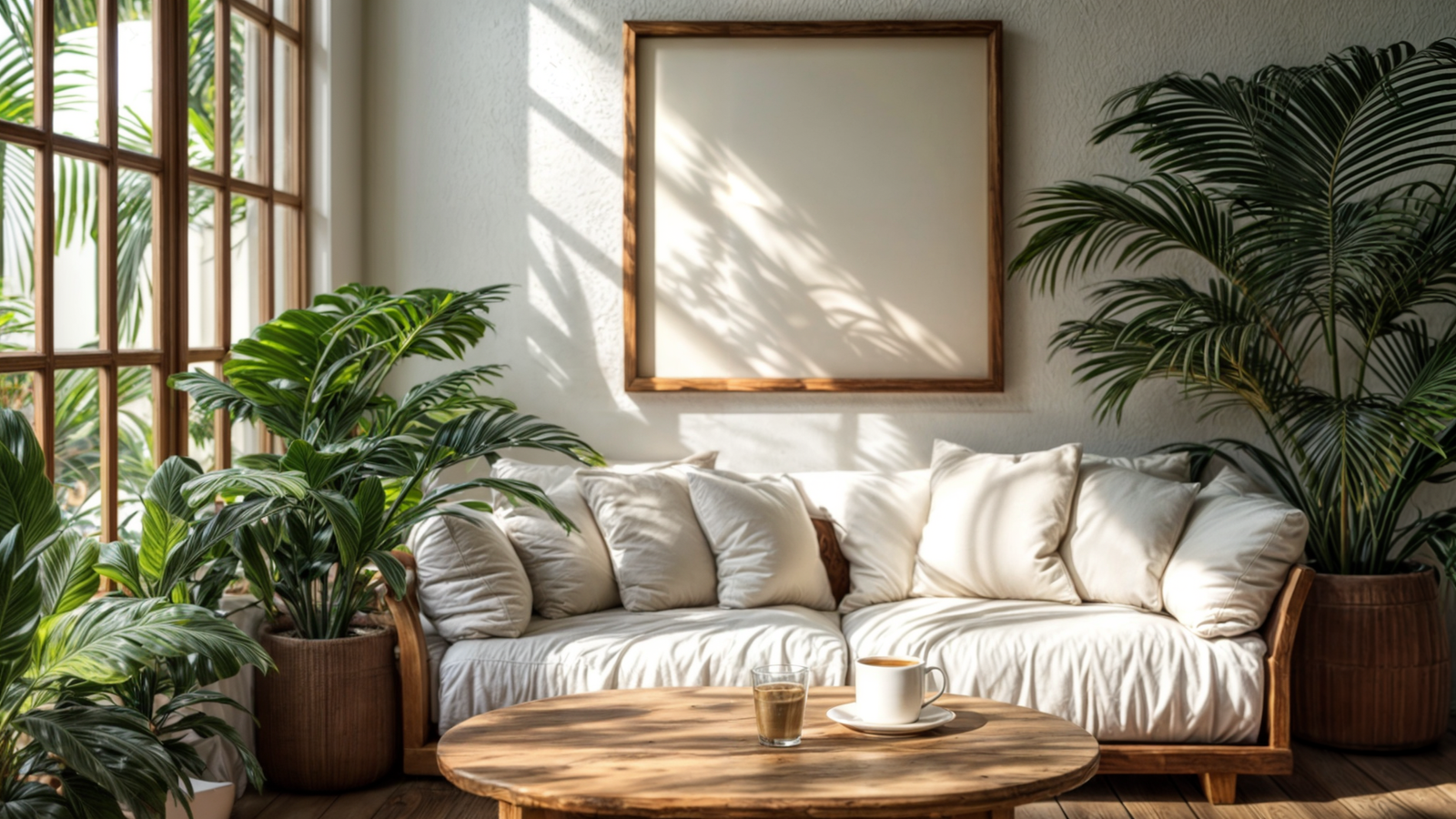If your home doesn’t feel like a sanctuary, small design mistakes could be to blame. Cluttered spaces, poor lighting, or a lack of personal touches can make your home feel less inviting. With simple changes—like adding cozy textures, calming colors, and thoughtful decor—you can create a peaceful retreat. Let’s explore the top reasons your home may not feel serene and how to transform it!
Introduction: Why Your Home Should Be a Sanctuary
In today’s fast-paced world, your home should be more than just a place to sleep and store belongings; it should be your personal sanctuary. Creating a peaceful home environment is essential for maintaining mental and emotional well-being. But why does your home sometimes feel uncomfortable? The answer often lies in the lack of intentional design and organization that fosters relaxation and rejuvenation.
Transforming your living space into a sanctuary doesn’t require a complete overhaul. It starts with small changes that cater to comfort and tranquility. By decluttering, introducing calming colors, or incorporating elements of nature, you can significantly enhance the ambiance of your home. Imagine walking through the door to an environment that instantly soothes away the stresses of the day—a true refuge from the outside world.
Investing time in making your home a sanctuary is investing in yourself. It’s about creating an atmosphere where you can unwind, recharge, and truly feel at peace. This transformation not only benefits your personal life but also positively impacts how you engage with others outside of this serene space. So why wait? Start turning your house into a haven today—because everyone deserves to come home to comfort and calmness every day.
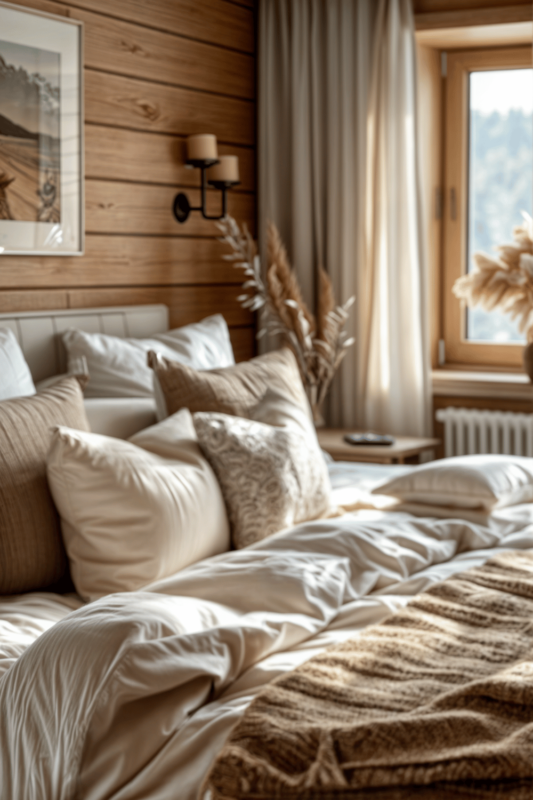
Reason 1: Clutter is Taking Over Your Space
Clutter can slowly and silently take over your home, transforming what should be a sanctuary into a source of stress and chaos. It’s time to reclaim your space by embracing the art of decluttering. When you declutter your home, you’re not just tidying up—you’re creating an environment that supports peace and productivity.
The benefits of minimalism go beyond just having fewer items. A clutter-free space can enhance mental clarity, reduce anxiety, and even improve your overall well-being. Imagine walking into a room where every item has its place, where surfaces are clear, and where you can breathe easy knowing that you’re surrounded only by things that truly bring you joy.
To start organizing your home effectively, consider these tidy space tips: begin with one area at a time to avoid feeling overwhelmed; sort items into categories like ‘keep’, ‘donate’, or ‘discard’; and focus on keeping only those possessions that add genuine value to your life. By taking these steps towards minimalism, you’ll discover how liberating it is to live in a space that’s free from unnecessary clutter.
Embrace this opportunity to transform your living environment into one that reflects simplicity and serenity. With each item you let go of, you’re making room for more meaningful experiences—proving that less truly is more when it comes to creating a harmonious home.

Reason 2: Lack of Natural Light and Fresh Air
When it comes to creating a healthy and inviting home environment, one of the most compelling reasons to increase natural light and ventilation in our living spaces is the undeniable benefit of fresh air indoors. Natural light not only enhances the aesthetic appeal of a room but also plays a crucial role in boosting our mood and productivity. Sunlight is a natural source of Vitamin D, which can help improve our mental health and overall well-being.
Moreover, proper ventilation is essential for maintaining indoor air quality. Fresh air circulation helps reduce indoor pollutants, allergens, and moisture levels that can lead to mold growth. By ensuring adequate ventilation in homes, we create an environment where residents can breathe easier and feel more comfortable.
Investing in larger windows or strategically placing mirrors can help maximize sunlight exposure throughout your home. Similarly, incorporating elements like skylights or opening windows regularly can significantly improve air flow. The benefits are clear: by increasing natural light and ensuring good ventilation, we cultivate healthier living spaces that enhance both physical health and emotional well-being.
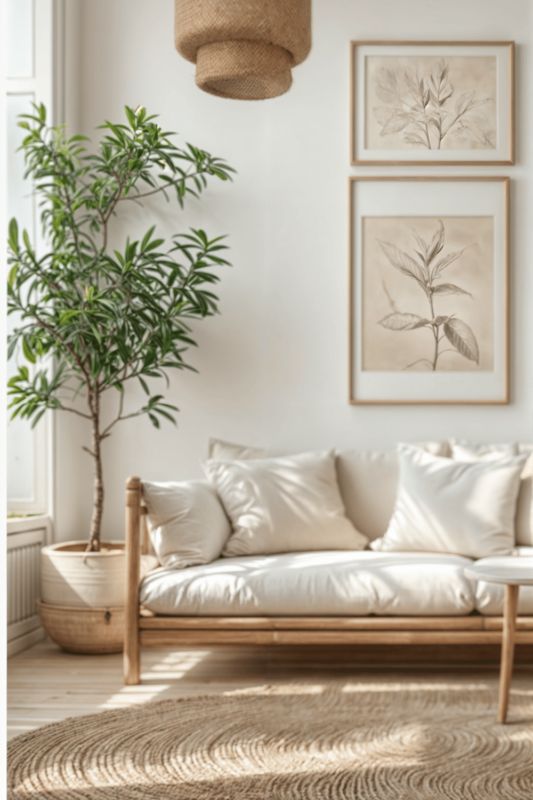
Reason 3: Uninspired or Outdated Decor Choices
Updating your home decor is not just about keeping up with trends—it’s about creating a space that reflects your personality and provides comfort. Uninspired or outdated decor choices can make even the most beautiful homes feel drab and uninviting. Imagine walking into a room that feels more like a time capsule than a sanctuary; it’s hardly the atmosphere you want after a long day.
To breathe new life into your living spaces, consider incorporating some fresh interior design tips for comfort. Start with simple changes, such as adding vibrant throw pillows or swapping out old curtains for ones in contemporary patterns. These small updates can have a significant impact without breaking the bank.
Inspiring home designs often begin with understanding what makes you feel at ease and happy. Whether it’s introducing more natural light, choosing colors that soothe the senses, or arranging furniture to promote conversation and connection, these elements can transform your home into an inspiring haven.
Embrace this opportunity to update your home decor by blending modern aesthetics with personal touches that speak to who you are today—not who you were years ago. By doing so, you’ll create an environment that’s not only stylish but also deeply comforting and uniquely yours.

Reason 4: Noise Pollution Disrupting Peacefulness
In today’s fast-paced world, creating a peaceful sanctuary at home is more important than ever. Noise pollution is one of the most insidious disruptors of tranquility, often invading our personal spaces without us even realizing it. To truly enjoy a quiet living environment, it’s essential to take proactive steps to reduce noise at home.
Soundproofing solutions are not just for recording studios or industrial settings; they can be seamlessly integrated into any household to enhance comfort and peace. Consider installing thick curtains or using weather stripping on doors and windows to block external noise effectively. For a more comprehensive approach, adding acoustic panels or soundproofing foam can significantly dampen sound transmission between rooms.
Quiet living environment tips also include simple lifestyle changes that can make a big difference. Incorporating soft furnishings like rugs and cushions not only adds aesthetic value but also helps in absorbing noise. Additionally, creating designated quiet zones in your home where electronic devices are minimized encourages relaxation and mindfulness.
By investing in these soundproofing solutions and adopting practical strategies, you can transform your home into a serene retreat, shielding yourself from the relentless clamor of the outside world. This commitment to reducing noise pollution will not only improve your quality of life but also promote mental well-being for you and your family.
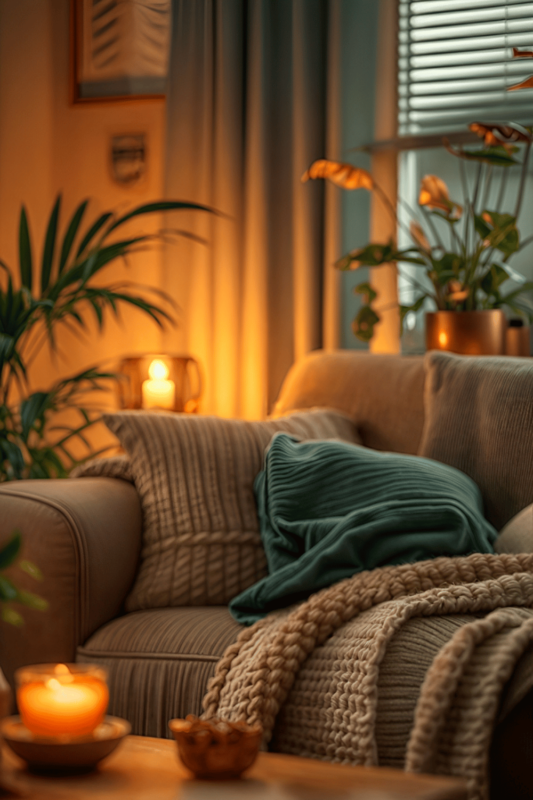
Reason 5: Overwhelming Color Schemes or Patterns
When designing a space meant for relaxation, the choice of color scheme is crucial. Overwhelming color schemes or patterns can disrupt the tranquility of your home environment, making it essential to select suitable colors for relaxation. The psychology of color plays a significant role in how we perceive our surroundings and, ultimately, how we feel within them.
Calming color palettes for homes often include soft blues, gentle greens, and warm neutrals—shades that evoke a sense of peace and comfort. These hues are known to lower stress levels and promote a serene atmosphere. By understanding the principles of color psychology in interiors, you can create spaces that not only look beautiful but also support your well-being.
Avoid clashing patterns or overly vibrant colors that can cause sensory overload. Instead, opt for harmonious combinations that flow naturally from one room to another. This thoughtful approach ensures your home remains a sanctuary where you can unwind and rejuvenate after a long day. Remember, when it comes to creating calming environments, less is often more—let simplicity guide you toward an oasis of relaxation right within your own walls.
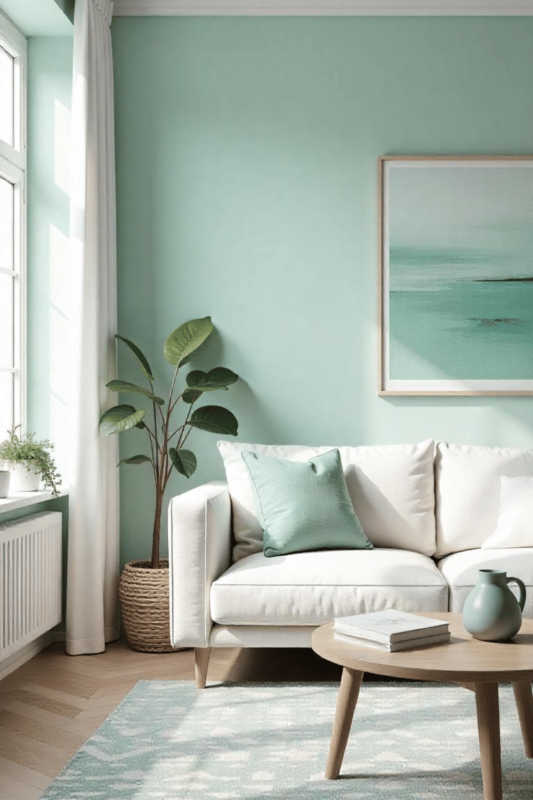
Reason 6: Poor Furniture Layout Hindering Flow and Functionality
When it comes to creating a harmonious and efficient living space, the layout of your furniture plays a crucial role. Poor furniture placement can significantly hinder both the flow and functionality of a room, leaving it feeling cramped or disjointed. To truly optimize your home environment, it’s essential to consider thoughtful and strategic furniture arrangements.
A well-planned layout not only enhances the aesthetic appeal of your space but also improves its usability. By optimizing furniture placement, you allow for smoother movement throughout the room, making daily activities more convenient and enjoyable. This can be achieved by identifying focal points in each area—such as windows with natural light or a cozy fireplace—and arranging seating to complement these features.
Functional furniture layout ideas often involve creating distinct zones for different activities within an open-plan space. For instance, positioning sofas and chairs around a central coffee table fosters conversation in living areas, while dining tables placed near kitchens facilitate easy access during meals. Additionally, ensuring pathways are clear of obstructions is key to maintaining an open flow that invites movement without disruption.
Ultimately, taking the time to reconsider how your furniture is arranged can transform any room from cluttered chaos into a welcoming haven that supports both relaxation and productivity. So if you’re finding that your current setup isn’t serving you well, it’s time to embrace change and explore new possibilities for optimizing your home’s layout today.
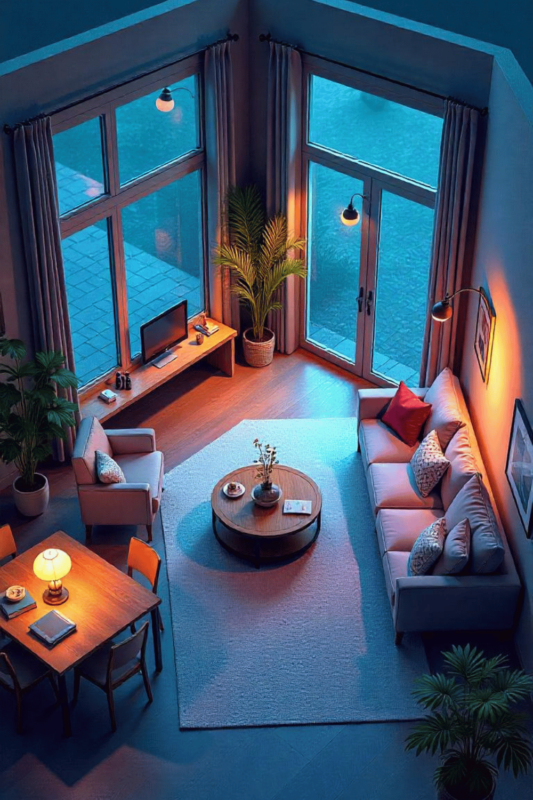
Reason 7: Insufficient Personalization Reflecting Who You Are
In today’s world, where individuality and self-expression are celebrated more than ever, having a space that truly reflects who you are is essential. Your home should be a sanctuary that embodies your personality, interests, and style—a place where you feel completely at ease. A generic or cookie-cutter design simply won’t do justice to your unique identity. This is why personalization is key.
Think of it as creating a “tagline” for your personal touch at home. Just like a memorable tagline captures the essence of a brand, personalizing your space captures the essence of you. It’s about integrating elements that speak to your journey, values, and passions.
There are countless ways to personalize your space effectively. Start by incorporating colors that resonate with you or evoke specific emotions—whether it’s calming blues for tranquility or vibrant reds for energy. Consider displaying artwork or photographs that tell stories from different phases of your life or inspire future adventures.
Furniture choices can also reflect who you are; perhaps an antique piece passed down through generations adds depth to your living room while showcasing family history. Even smaller details like choosing unique textures in textiles or adding plants can infuse warmth and character into any room.
By taking these steps towards personalization, not only will you create an environment tailored specifically for yourself but also one inviting enough for others visiting too! So don’t settle; let every corner echo with authenticity as it becomes more than just four walls—it transforms into an extension of YOU!

Reason 8: Haphazard Lighting Dim-Your Comfort
When it comes to creating a comfortable and inviting atmosphere in your home, lighting plays a crucial role that is often underestimated. Haphazard lighting can disrupt the harmony of your space, affecting not only the aesthetics but also your mood and comfort levels. This is where effective lighting solutions come into play, offering a transformative impact on your living environment.
By carefully selecting and positioning various lighting options, you can craft an ambiance that perfectly suits each room’s purpose. Imagine walking into a living room bathed in warm, soft lights that invite relaxation after a long day. Or picture a kitchen illuminated by bright, focused lights that enhance functionality while still maintaining an inviting feel.
To create relaxing vibes with lighting, consider layering different types of light sources—such as ambient, task, and accent lighting—to achieve depth and flexibility in how you illuminate spaces. Incorporating dimmers or smart bulbs allows you to adjust the intensity according to your needs or mood effortlessly.
Investing time in choosing the right lighting solutions not only enhances visual appeal but also contributes significantly to your overall well-being by fostering an environment where comfort reigns supreme.

Reason 9: Inadequate Greenery & Nature Elements
In today’s fast-paced urban environments, the lack of greenery and natural elements can significantly impact our well-being. This is where the concept of biophilic design comes into play, offering a compelling solution to reconnect with nature indoors. By integrating indoor plants and nature-inspired elements into our living spaces, we can transform our environments into havens of tranquility and health.
The benefits of indoor plants are not just aesthetic; they are profound and well-documented. Plants improve air quality by filtering toxins, releasing oxygen, and maintaining humidity levels, which can enhance cognitive function and reduce stress levels. Moreover, they create a soothing ambiance that fosters relaxation and creativity—a crucial advantage in both home and work settings.
Embracing biophilic design ideas means more than just placing a few potted plants around your space. It involves thoughtful integration of natural materials, textures, patterns, and lighting that mimic outdoor environments. Think about using natural wood finishes or incorporating water features to further enhance the sensory experience.
By connecting with nature indoors through these innovative design strategies, we not only elevate our physical surroundings but also nurture our mental health. It’s time to bring the outside in—embrace this transformative approach to living spaces for a healthier lifestyle today!
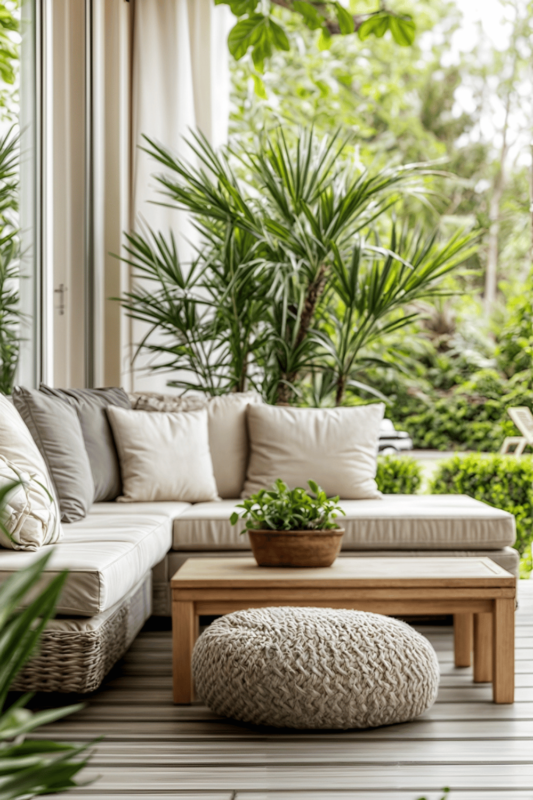
Reason 10: Neglecting the Power of Scent & Aroma Therapy
In our fast-paced world, it’s easy to overlook simple yet effective ways to enhance our well-being. One such method is aromatherapy, a practice that harnesses the power of scent to transform your living space into a haven of tranquility. Imagine coming home after a long day and being greeted by a soothing atmosphere created with carefully chosen fragrances. Aromatherapy at home is not just about pleasant smells; it’s about creating an environment that promotes relaxation and mental clarity.
Scents have the remarkable ability to influence our emotions and mood. By using scents to relax, you can significantly improve your quality of life. Whether it’s lavender for calming anxiety, eucalyptus for invigorating energy, or chamomile for peaceful sleep, each fragrance offers unique benefits that can be tailored to your personal needs.
Neglecting this powerful tool means missing out on an accessible way to enhance your daily routine. Incorporating aromatherapy into your home doesn’t require extensive effort or expense—simply choose essential oils or scented candles that resonate with you and let their natural properties work their magic. Embrace the power of scent today and discover how easily you can uplift your spirit and create a sanctuary of peace in your own home.
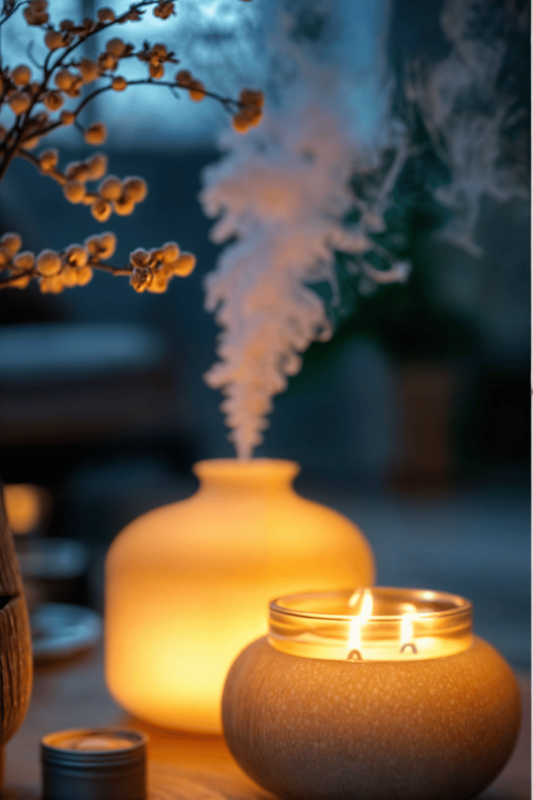
Conclusion : Transform Your Home Into the Refuge You’ve Always Desired
In today’s fast-paced world, transforming your home into a sanctuary is not just a luxury—it’s a necessity. Imagine coming back after a long day to a space that envelops you in comfort and tranquility, where every corner reflects your personal style and fosters peace of mind. By carefully curating your environment with thoughtful design choices, calming color palettes, and cozy furnishings, you can create the refuge you’ve always desired.
Start by decluttering and organizing to cultivate an atmosphere of simplicity and ease. Introduce elements like soft lighting, plush textures, and nature-inspired decor to evoke feelings of warmth and relaxation. Incorporate personal touches through art or cherished mementos that tell your unique story.
Investing time into these transformations not only enhances the aesthetic appeal of your home but also significantly improves your overall well-being. A harmonious living space can reduce stress levels, boost creativity, and enhance happiness. So take the step today—transform your home into the haven you’ve always dreamed of; it’s an investment in yourself that will pay dividends for years to come.
>> Learn more: Zen Sanctuary: Where Tranquility Meets Modern Living


